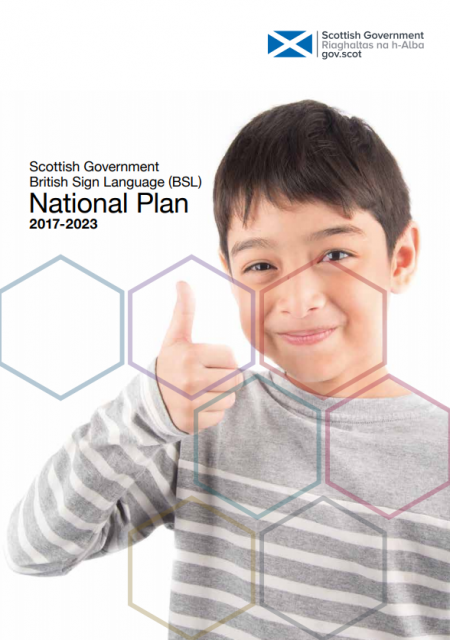Our Deaf Awareness & Communication Tactics courses can be delivered as:
- certificated course (Signature) – normally 1 day
- non-certificated course – from half-day to 2 or 3 hour sessions
- Why not include an introduction to BSL (British Sign Language) – half or full day
- Online Deaf Awareness – suitable for front-line staff who cannot attend ‘off-site’ training
- Courses delivered to suit your organisation. We work around your business and people needs. ‘contact us’ to discuss your requirements.
Deaf Awareness & Communication Tactics
Who is this for?
 Developing Awareness and Communication with Deaf & Deafblind People is primarily aimed at everyone who is in contact with the general public. Especially those who are in front-line public services.
Developing Awareness and Communication with Deaf & Deafblind People is primarily aimed at everyone who is in contact with the general public. Especially those who are in front-line public services.
What is included in the course?
With around 1-in-6 of the adult population being deaf to some extent and experience communication barriers in everyday life we have a number of solutions to your training needs.
This course provides an introduction to, and a basic knowledge of, the whole range of D/deaf and deafblind people (i.e. deaf, deafened, deafblind, hard of hearing, Deaf BSL users, Deaf visually impaired, blind hearing impaired and people with congenital deafblindness). It assumes no previous experience or knowledge.
Deaf Awareness, Communication Tactics with Introduction to British Sign Language (BSL)
Who’s it for and what’s it about?
 This course is aimed housing officers, housing assistants, maintenance staff and other front-line personnel who may, in their everyday duties, come into contact with people who may be *deaf. This course is designed to provide participants with the basic ability to communicate with Deaf people in British Sign Language (BSL) about familiar, day-to-day topics and activities within the given domain.
This course is aimed housing officers, housing assistants, maintenance staff and other front-line personnel who may, in their everyday duties, come into contact with people who may be *deaf. This course is designed to provide participants with the basic ability to communicate with Deaf people in British Sign Language (BSL) about familiar, day-to-day topics and activities within the given domain.
The course is delivered by a mixture of tutor-led activities, group work and practical exercises.
*The term ‘deaf people’ covers those who have a profound/severe hearing loss, deafened, hard of hearing and those who may use sign language as their preferred means to communication.
- Terminology and statistics
- What is deafness – truths and myths
- How deafness can affect speech & language
- Hearing Aids – benefits & limitations
- Communication Tactics – ‘tool box’
- Fingerspelling
- Introduction to British Sign Language (BSL) – work
based signs.

British Sign Language (BSL) Awareness
We can provide courses that satisfy the requirement under the BSL (Scotland) Act – National and Local BSL Plans for staff working within the public sector to become aware of BSL as a language and promote its use within their service delivery and working environment.
Half-day or full-day options.
Contents include (not exhaustive):
- What is a visual-gestural language
- Why use sign language
- Sign Language in practice
- Tactile methods of communication
- Deaf Culture and communication
- How to ensure BSL users can access your services
In discussion with our trainers and yourselves, we can provide you with a course that suits your needs.